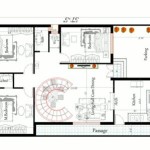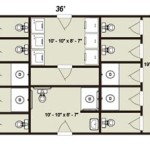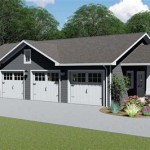Essential Aspects of Insulated Dog House Building Plans: Providing Warmth and Comfort for Your Canine Companion
As a dog owner, it's crucial to provide a cozy and comfortable shelter for your furry friend, especially during frigid temperatures. Insulated dog house building plans are essential for ensuring your dog's well-being and protection from the elements. This article explores the fundamental aspects to consider when creating insulated dog house plans to provide your pet with optimal comfort and warmth.
Materials Selection:
Choosing the right materials is paramount for insulation effectiveness. Consider using thick, rigid foam insulation boards with a closed-cell structure, such as polystyrene or polyurethane. These materials offer excellent thermal resistance and moisture resistance, ensuring warmth and dryness inside the dog house.
Proper Insulation Techniques:
To maximize insulation, apply the insulation boards to all surfaces of the dog house, including the floor, walls, and roof. Use adhesive or fasteners to secure the boards firmly. Seal any gaps or cracks with caulk or expanding foam to prevent heat loss and moisture penetration.
Ventilation:
Ventilation is crucial to prevent condensation and maintain air quality. Incorporate a small ventilation opening in the rear or side of the dog house, near the floor. Cover the opening with mesh or a grill to prevent drafts while allowing for air circulation.
Roof Design:
Slanted roofs allow snow and rainwater to slide off easily. Consider using a metal roof for its durability and insulating properties. Alternatively, an insulated roof panel filled with a rigid foam core can provide excellent thermal resistance.
Raised Floor:
Elevating the dog house floor off the ground helps prevent moisture buildup and drafts. Use pressure-treated lumber for the floorboards to withstand moisture and decay. Ensure the floorboards are closely spaced to provide support and prevent heat loss through gaps.
Entrance Design:
The entrance should be large enough for your dog to enter comfortably but not so large that it allows too much cold air inside. Use a flap or a door made of insulating material to minimize heat loss through the entrance.
Placement and Orientation:
Position the dog house in a sheltered location protected from prevailing winds. Orient the entrance away from the most severe weather conditions to minimize cold air infiltration. Consider placing the dog house on a raised platform or gravel to further reduce moisture and drafts.
Size Considerations:
The size of the dog house should be appropriate for your dog's breed and size. A dog house that is too small will be cramped, while a dog house that is too large will not be as effective at retaining heat. Measure your dog's height and length to determine the optimal dimensions.
Conclusion:
By following these essential aspects when building an insulated dog house, you can create a warm and comfortable shelter for your canine companion. Proper insulation, ventilation, and weatherproofing will ensure your dog stays warm and dry during even the coldest months. Remember, a well-insulated dog house is a testament to your love and care for your furry friend.

Cold Weather Dog House Plans Bradshomefurnishings Winter Diy Insulated

Insulated Dog House Plans Myoutdoorplans

Insulated Dog House Diy Plans

How To Build A Custom Insulated Dog House Ron Hazelton

How To Build An Insulated Dog House Howtospecialist Step By Diy Plans

Best 25 Insulated Dog Houses Ideas Only On House Diy Plans

How To Build An Insulated Or Heated Doghouse Easy Diy

Insulated Dog House Plans Wilker Do S

Extra Large Dog House Plans

Large Dog House Plans Free Construct101








